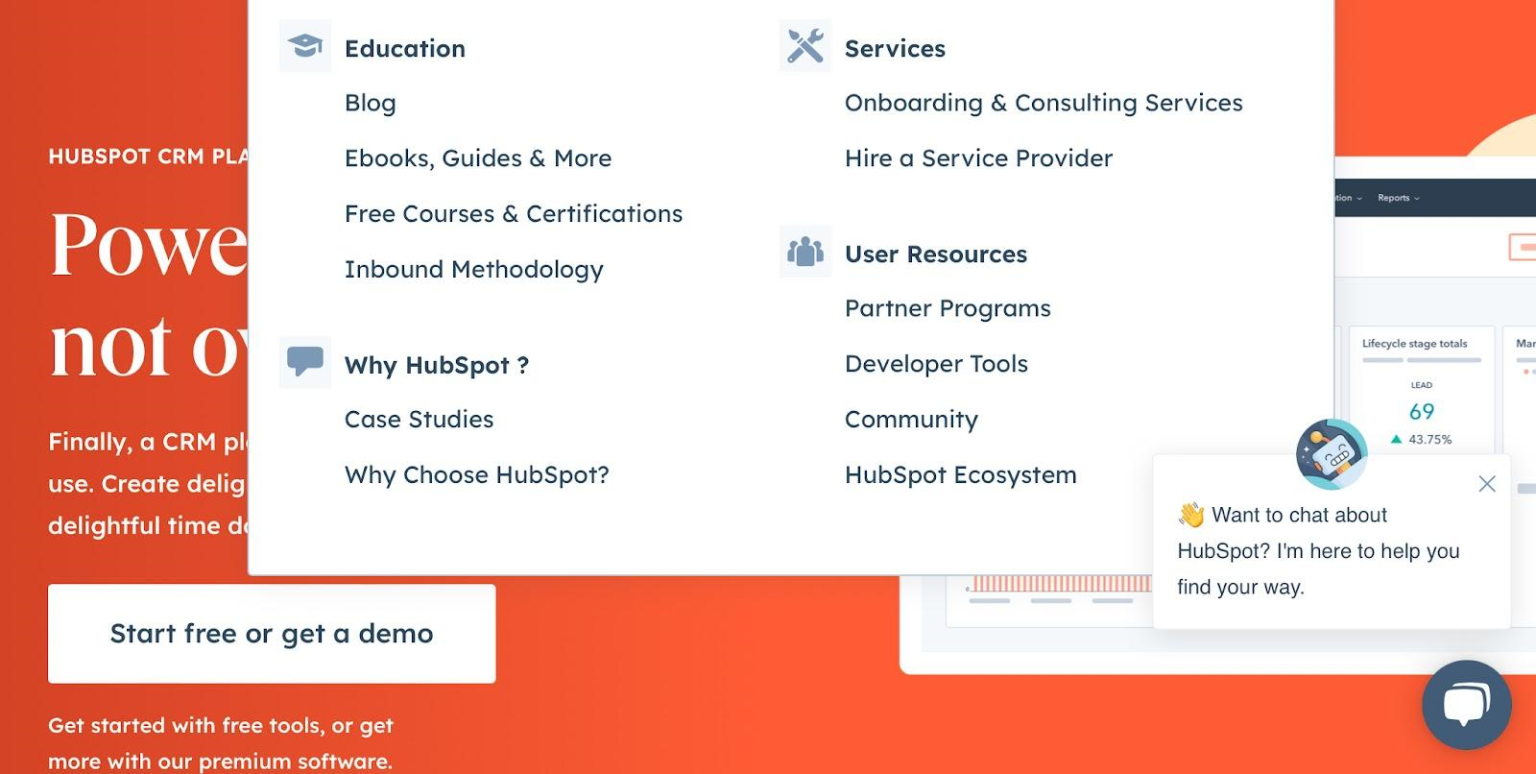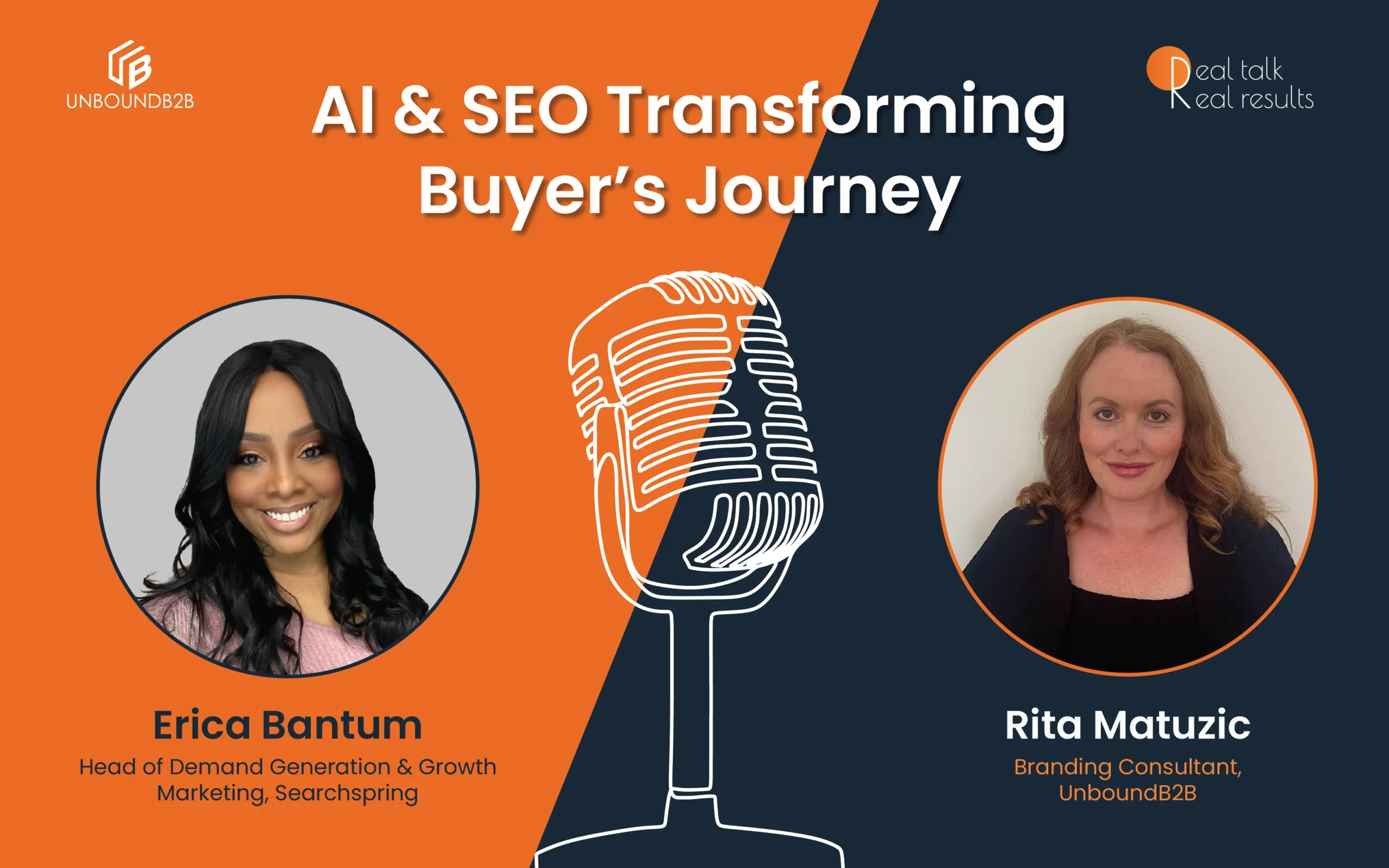
Introduction
Demand generation is not a straightforward process anymore. Therefore, your standard 20% value and 80% sales formula will not attract customers today, especially B2B buyers.
A report suggested that 70% of B2B buyers conduct research on their own before connecting with the sales team.
Moreover, 77% of B2B buyers stated that their last purchase was complicated and tended to reconsider their purchase decision.

Source : Gartner
Today’s buyers are self-aware. They know exactly what they want.
Therefore, modern businesses need to focus on the demand generation funnel to boost their brand reach and inform their buyers.
Now, the demand generation funnel doesn’t work like the lead generation funnel. It is more about providing value to your potential customers rather than selling your services.
Thus, strategies and procedures to create a demand generation funnel are more customer-centric and value-driven. So, let’s follow this guide to better know how you can create a dynamic demand generation pipeline to grow your business.
Why Do You Need a Demand Gen Funnel?
On average, a B2B sales cycle length is between 6 to 8 months. Now, this is sufficient time for a potential customer to leak from your sales pipeline and land on your competitors’ lead funnel.
Thus, it is essential for businesses to reduce the customer sales cycle. But, it is not easy, especially in the case of B2B buyers who think hard and examine every piece of information before making a decision.
So, with a well-planned demand generation funnel, you can provide the right information at the right time to your potential customers. This way, you can reduce their sales journey and help them make decisions faster.
Besides reducing the sale cycle, a demand generation funnel can also help you with:
Streamline your marketing process
Digital marketing is a big jungle. So many organics and paid marketing methods are available that you might feel overwhelmed.
So, if you don’t want to lose yourself in the different digital marketing strategies, creating a sales funnel can help you a lot. It will streamline your marketing process and let you focus on strategies that are useful for your business growth.
Moreover, you can monitor and track your marketing process. This way, you can better utilize your marketing budget and gain maximum ROI.
Achieve your goals
With a funnel, you can achieve your marketing goals faster. In addition, you can set key performance indicators and ensure that your marketing strategies are aligned with your end goals.
Moreover, you can use KPIs to monitor your marketing campaign’s performance. This will keep your entire team on the same page.
Identify the MQLs
Unfortunately, not all leads are marketing-qualified leads. In fact, only a handful of your potential leads are your MQLs.
With a demand generation pipeline, you can identify those MQLs in your funnel and work on turning them into SQLs (sales-qualified leads).
This will help to reduce your customer acquisition cost. In addition, you can generate more revenue when you spend your resources on hot leads rather than cold ones.
Know your lead’s exact position
A standard demand generation final is divided into four stages – awareness, interest, decision, and action. A lead present in all the stages has different preferences and requirements.
Thus, when you have a proper funnel, you can understand the position of each lead in the funnel. This will help you use the right marketing resources to convert your leads faster.
Build trust
Trust is an essential factor in building a good relationship with your customers. According to a study, 90% of customers are willing to pay more to brands that they trust.
So, your well-structured demand generation plan can help you build trust among your customers. That’s because not all customers are ready to purchase.
Some are just window shopping and looking for brands that they can trust. However, with your trust bonding strategies, you can build a strong relationship with your potential customers and sell them your premium products.
Boost your conversion rate
It is not hard to generate traffic and leads today. But, with the help of paid ads and social media bots, you can easily increase your brand reach.
But, the real question is – do you have a good conversion rate?
Conversion rate means how many leads are turning into your paying customers. You can keep an eye on your conversion rate with a clear plan. You can ensure that you have a good conversion rate compared to the resources you are investing in your marketing campaigns.
Step-by-step Guide to Build a Demand Generation Funnel
Demand generation marketing is not a single marketing activity. Various marketing strategies align with your business goals to target your potential customers.
Thus, you need to streamline all your demand generation strategies in a proper funnel so you can better connect with your prospects.
Here are steps that you can follow to create a dynamic demand generation funnel:
Step 1. Define your goals
Every marketing strategy starts with defining your business goals. When you don’t have a clear idea about your requirements, you cannot find the right solution to achieve your goals.
So, you should gather up your marketing and sales teams and define a proper goal for your demand marketing.
Once you have your marketing goals, you can start mapping out marketing strategies that can help you achieve them.
Suppose you want to boost your sales within a month. In that case, launching a new marketing campaign will not work because you don’t have sufficient time.
So, you can use your sales funnel to target your existing customers with email marketing. But, not any kind of email marketing; you need personalized emails to sell your products quicker.
You can use your buyer’s previous purchase history to customize deals for them. You can also cross-sell or upsell your existing customers based on their previous purchases.
This is what we often use at UnboundB2B. We always use data to design our clients’ email marketing and content marketing strategies. Personalization has always helped us generate significant demand for our clients in the market.
Step 2. Build buyer persona
In order to sell your services, you must define first for whom you have created those services. Now, if you have not created something innovative, your product already has a market presence.
All you need to do is define your buyers’ characteristics and pain points. A buyer persona is the best strategy to identify your customers. It is a fictional characterization of your prospect. This will help you know your real customers and how you can approach them.
Usually, brands focus on general things like a buyer’s interest, income, and preferences to create a buyer’s persona.
However, Salesforce doesn’t focus on what its customers do with the software. Instead, they use rigorous data like interviews, surveys, and observations to create their buyer’s personalities. The reason?
Salesforce is a flexible and customizable portal. People use their platforms for different purposes. So, they can’t limit their buyer persona to a certain group.
Similarly, you must first understand your products and services and define criteria to build your buyer persona.
Step 3. Use content to know your buyer’s intent
Content is the best way to know your customers and their intentions. Intent data is a gold mine for businesses to understand what their customers are searching for online.
In this particular strategy, you monitor and observe your potential customers’ online behavior, especially with content. This will help you understand your targeted customers’ intent to purchase your services or products.
It is an essential part of the demand generation funnel because today customers want to learn independently.
This Gartner infographic shows when a B2B buyer considers a purchase, they only spend 17% of their time interacting with the sales team.

Source : b2b-buying-journey
Mostly, they prefer to do their independent search and decide without influence. Thus, producing different content styles on your website or third-party websites will help you get the intent data to create a compelling demand generation marketing strategy.
At this stage, we often anchor content syndication to gather intent data from different channels. Then, we reproduce the content in different formats like videos, audio, etc.
This will strengthen our intent database and help our team produce customer-centric content.
Step 4. Produce content for each demand generation
Content marketing is the backbone of digital marketing strategy. Be it social media or digital ads, all other marketing efforts and strategies depend upon good quality content.
So, undoubtedly, you have to invest in producing high-quality content to generate demand for your products or services.
However, random blogs or social media posts will not generate significant demand in present market conditions. Therefore, you need to produce content for each demand generation stage to connect with your prospects at every stage

Source : digital-markets
Here’s how you can create the right content for each demand generation stage:
- Awareness — Blogs, PPC ads, landing page, etc
- Interest — Social media marketing, blogs, ebooks, etc.
- Decision — Case studies, reviews, etc.
- Action — Webinars, CTAs, etc.
Here you can check out HubSpot’s content and how it is aligned with demand generation stages:

Source : hubspot
- They have blogs, ebooks, and guides to educate their customers.
- They publish online courses, social media content, and special reports to keep users engaged.
Different programs, case studies, and events also help users make decisions.
Step 5. Align content with other marketing strategies
Content is an essential part of demand generation marketing. But don’t just limit yourself to content marketing while generating demand for your brand.
You should also partner your content with other popular and result-driven marketing strategies like webinars. In addition, due to the pandemic effect, video conferencing and remote engagement have become big things.
Most companies are running their business operations remotely or in a hybrid environment. So, webinars are the best way to connect with your potential customers and understand their pain points.
According to research, 95% of B2B marketers use webinars today. And 72% have seen growth in their revenue and pipeline with webinars.
Not only webinars. But you can also indulge in other marketing plans like social media marketing, digital ads, etc.
Step 6. Equal sales and marketing funnel
Throughout this post, we have tried to tell one very important point – never a hard sell. Nobody likes constant hammering of your sales calls or ads.
Once you tell people about your product or services, give them room to breathe. Then, let them do their research and make a purchase decision.
Thus, your demand generation funnel should be 50% sales-focused and 50% marketing.
There should be a balance between your demand generation marketing strategies. You should use different components to inform, engage and interact with your customers.
Here, identifying your leads and giving them scores based on their interaction with different marketing resources will help you greatly. This will allow you to target leads with the right marketing strategy.
For example, you can use hard sell to your SQLs as they are ready to purchase from you. On the contrary, focus on informing your soft leads as they might purchase in the future.
Step 7. Evaluate and reshuffle your demand gen funnel
Once your demand generation funnel is ready, don’t rest. In fact, keep on monitoring the performance of your individual marketing strategy and conversion rates.
This way, you can make real-time changes in your demand funnel if you are not receiving desired results. It is better to make changes instantly to save your marketing resources.
Moreover, you can invest in a marketing strategy that brings more results and helps increase your brand’s reach in the market.
You can use different marketing tools to monitor and analyze your demand funnel.
Let’s Customize Your Demand Generation Funnel!
Demand generation is a simple yet technical process. Without understanding your brand and audience, you cannot design the perfect demand generation funnel to generate high-quality leads.
Thus, never take the demand generation funnel lightly. Instead, be precise and technical while creating your demand generation strategies.
Sounds complicated?
No need to worry about it. You can simply consult the UnboundB2B team, and we will help you design a custom demand generation funnel based on your business needs.
Let’s get in touch today to build your digital brand!
Our blog
Latest blog posts
Tool and strategies modern teams need to help their companies grow.

There are various methods to target your ideal customers in programmatic advertising,...

Personalization is the key to digital marketing and SEO success for e-commerce organi...

B2B companies must retain current customers and attract new ones to keep their revenu...




